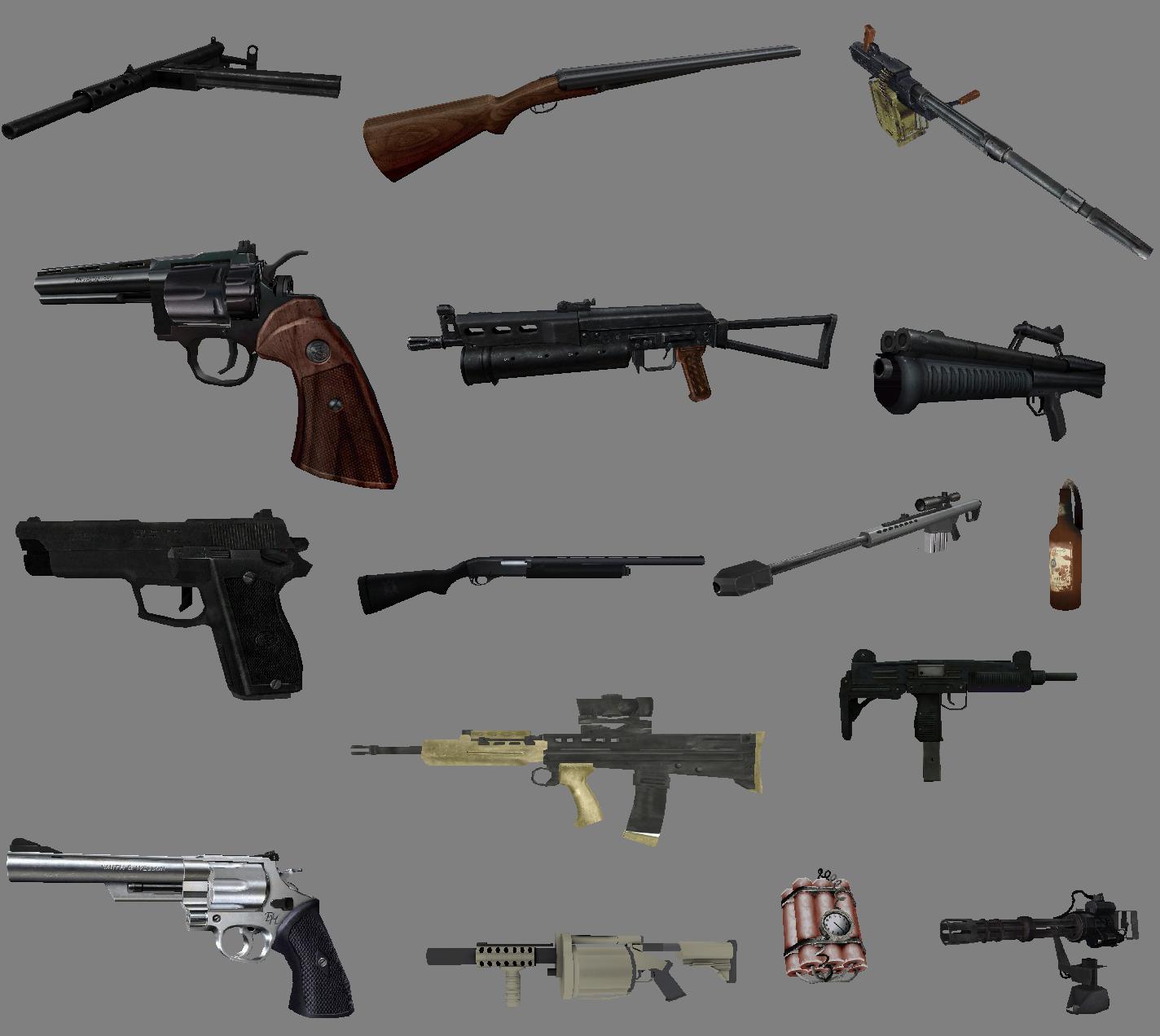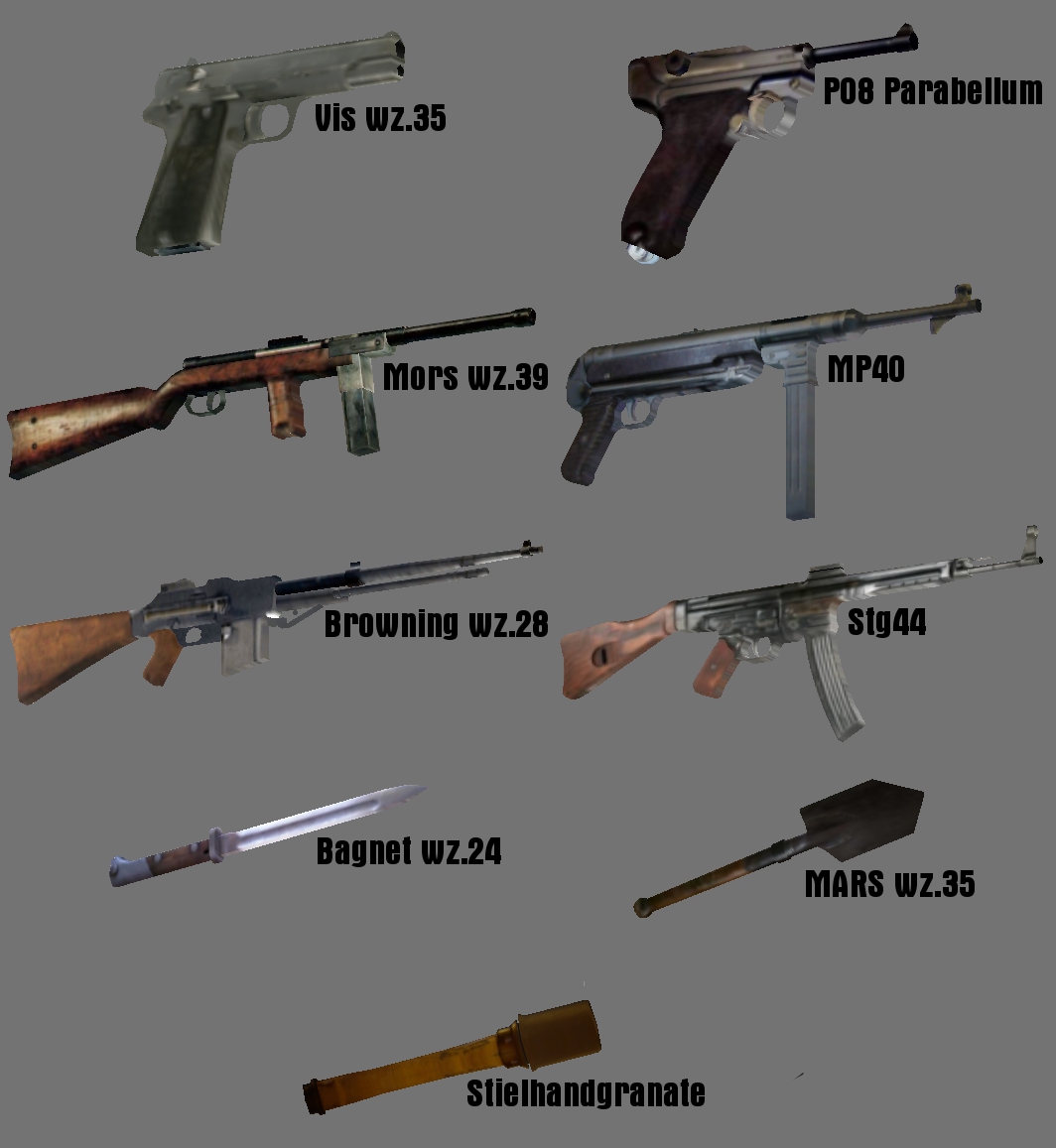During the war, the United States had greatly increased its military inventory of infantry weapons since the times of World War I to avoid repeating the same mistakes of relying on outsources weapons. Below is a list of all infantry weapons that were created and used by the United States. Index of all weapons used by all nations during World War 2. TOP World War II Weapons ( ) World War 2 was more or less an extension of the preceding conflict, seeing the growing fusion of man and machine into a more terrifying fighting force. The war was one of very defined heroes (the Allies) and villains (the Axis powers), each. World war one tanks were pretty advanced for their time. But their top speed was 4 mph on flat land. Although it could make sharp turns. It would have a working radius of only 20 miles. A crew of ten men with two machine guns on board and one light artillery gun. The modern tank is the Main Battle. Each new weapons technology in wars past brought moral, ethical and political considerations in their use. Singer and Cole noted that in World War I, the Germans sinking of the passenger liner. Episode five of the series Guns. The evolution of firearms focuses largely on the U. weapons of World War I, a war in which American soldiers would first face. The First World War, also known as the Great War saw the use of some of the deadliest weapons known to humankind during that period of time. Europeans entered the war expecting cavalry charges and infantry carrying bayonets like older times, but reality was far different when the continent woke up. The Colt 1911 was developed by Browning during the PhilippineAmerican War because troops needed more stopping power from their weapons. 45 caliber rounds of the Colt offered just that. It was a reliable and powerful sidearm for U. This beautiful reference guide provides a clear and comprehensive look at the weapons and vehicles of all the countries that fought in World War II. The backstory of weapons employed in World War 2 on land, sea and air was the intense focus of the scientific tech communities to create the means for the greatest devastation. In response, troops adapted a wide variety of improvised weapons that were more suitable. Some became issued formal items, and some remained ersatz and handmade throughout the war. The use of toxic chemicals as weapons dates back thousands of years, but the first large scale use of chemical weapons was during World War I. They were primarily used to demoralize, injure, and kill entrenched defenders. Index Menu for Weapons in the First World War (Great War). Sections Rifles and Pistols, MachineGuns, Armoured Vehicles, Artillery, Tanks, Miscellaneous The combination of 19thcentury war tactics, such as an adherence to the Napoleonic principles, which focused on destroying the enemy despite huge losses, and new 20thcentury technology, was a major reason for so many casualties in the First World War. World War III (WWIII or Third World War) denotes a successor to World War II ( ) that would be on a global scale, with common speculation that it would be likely nuclear and devastating in nature. Senior Curator Paul Cornish looks at the developments in weaponry technology and strategy that led to the modern warfare of World War One, which was characterised by deadly new weapons, trench deadlocks, and immense numbers of casualties. Much later in the war, when the Germans faced Allied tanks, they chose to develop antitank weapons and ammunition instead of tanks. They only produced 20 tanks to the Allies nearly 7, 000. The world's first antitank rifle was the German 13. 2 mm Tankgewehr, introduced in 1918. The First World War was the first truly global conflict the battle raged not just in the trenches of the Western Front but in Africa, the Middle East and Asia. Huge armies deployed new weapons. World War 1 was one of the largest and most violent events of the conflict in the history of mankind. This war brought in many new technologies and deadly weapons, that have influenced warfare strategies and weapons development till the present date. The Second World War witnessed the introduction of hundreds of cuttingedge and often bizarre weapons, many of which became quite famous. But there were plenty of others that never got the same. However no history of the war would be complete without an overview of the weapons of war, in all their varying forms. Thus this area of the site provides summary information of the tools by which the armies conducted war, and include many of the innovations war always brings to the development of weaponry. World War II saw rapid technological innovation in response to the needs of the various combatants. Many different weapons systems evolved as a result. Note: This list does not consist of all weapons used by all countries in World War II. List of World War II weapons of Germany; Captured US firearms in Axis use in World War II WWII, World War II, Japanese, Weapons, Nambu, Type 94, Pistol, 8mm, Imperial Japan The German Luger was a 19th century design and had some problems. The Walther P38 was to replace it but many remained in use and was a popular souvenir for Allied troops. The advances of technology had a major impact on the weapons deployed in World War I (1914 1918). It saw the earliest development and applications of new forms of. World War I is often considered the first true modern war, a conflict fought between industrialised countries equipped with modern weapons. It saw the rise of powerful weapons such as heavy artillery, machine guns and airplanes and the decline of 19th century weapons like sabres and bayonets. For more information on ww1 weapons, get access to worksheets, study guides, infographs, and other useful material related to World War One by clicking here. During World War One a variety of weapons were used. The triedandtrue small arms and artillery were prominent features of the battlefield. Unfortunately, war can drive innovation. During World War II, the world's major powers set their sights on advancing technology, medicine, and communications in order to be efficient and fearsome. Spanning the entire globe and involving more countries than any other war, World War II (1939 1945) was also the largest armed war in human history. With its roots in the First World War, it was not a surprise to see the fusion of man and machine to the extent that witnessed the Second. World War II (WWII or WW2), also called the Second World War and, in the Soviet Union, the Great Patriotic War, was a global war involving fighting in many parts of the world and many countries. Most countries fought but some started fighting in 1937. The secret of American victory in World War II was quantity and quality. Copious amounts of weapons and equipment that not only overwhelmed and outmatched the Axis arsenal, but helped enable Lend. Chemical weapons in World War I were primarily used to demoralize, injure, and kill entrenched defenders, against whom the indiscriminate and generally slowmoving or static nature of gas clouds would be most effective. The types of weapons employed ranged from disabling chemicals. It would be absurd to study war without studying combat and to study combat without studying weapons. Yet many scholars of war including scholars of the First World War have skirted the issue of weaponry. The enduring image of World War I is the machine gun, and usually a German machine gun. The Germans armed their troops with machine guns far more lavishly than their opponents. World War I drove dramatic innovations in weapons such as the machine gun, the hand grenade, and the fighter plane. But it also accelerated advances in prosthetics, wound care, medical xrays, and other lifesaving technologies. World War I (WWI or WW1), also known as the First World War, or the Great War, was a global war originating in Europe that began on 28 July 1914 and lasted until 11 November 1918. The Great War, or World War I as we now call it, was the most unnecessary and the most destructive war in all modern history. It was and is the quintessence of the pity of war. ' World War I saw the birth of many military tactics that were unheard of and would have shocked earlier civilizations. A lavishly illustrated compendium of military hardware covers everything that fought in the air, on the ground, and on the seas during World War II. There are more than 500 separate items of equipment used between 1939 and 1945, from combat handguns to massive aircraft carriers. More than 600 fullcolor artworks accompany entries that feature a detailed history of each weapon's design and. Media in category Weapons of World War II The following 39 files are in this category, out of 39 total. A history of World War One in 10 deadly weapons The war did not follow expected lines as new technologies ripped up the rule book Manfred von Richthofen (right) with his brother and fellow pilot. Weapons of Call of Duty: World at War. This category has the following 7 subcategories, out of 7 total. World War 2 was the largest armed conflict in history, spanning the entire world and involving more countries than any other war, as well as introducing powerful new weapons, culminating in the first use of nuclear weapons. Infantry weapons of World War 2 began mostly as the standard issue weapons that had been used in World War 1, but by the end of the war, numerous modern assault rifles, automatic pistols, and machine guns were being made. The start of World War I was a complex affair of interlinked loyalties and treaty obligations which, if not explained at the outset, make much of the early part of the war difficult to understand. World War II was fought from 1939 to 1945 and saw variety of weapons used in the field. Through the course of the war, weapons of all types evolved greatly and increased incomplexity. World War II greatly advanced technology and the weapons developed helped shape the postwar world. Major advances were made to weapon technology during World War I. There were better grenades, flame throwers, poison gas, and artillery. The submarine, warplane and the tank were new weapons. Both sides used a much better heavy machine gun than they had used before in Europe. They fired 400 to 600 bullets per minute. Weapons of War gives a general overview of the weapons that were used in the time of World War I. This book has been a big source relating to my topic. Im trying to argue that the revolution of weapons in America shaped us into a new age of modern warfare. There were major developments in weapons and communication technology during World War One. New weapons and new ways to communicate were introduced that changed the way war was fought..











